When a system failure happens and the engine fail safe mode is activated by the computer. Some of the vehicle’s features will become limited, and the speed of the car will be reduced. This is an attempt by the computer to reduce the risk the failure poses to your car. By limiting how far and fast you can drive.
Table of Contents
What Does It Mean When It Says Engine Failsafe Mode?

The objective of the Fail safe mode in your car is to prevent or minimize damage by altering engine load characteristics or transmission shift. The term “safe mode” describes how we as humans protect our computers against harm. An automatic system safety mode offers the safety of the vehicle as a precaution against system failures. A computer should act as a failsafe device when a system failure results in some of the vehicle’s features becoming limited and its speed decreased when this occurs.
What Happens When The Engine Fail Safe Mode is Activated?

Once this failsafe or limp mode has been activated, the ECU will limit the vehicle’s ability to drive normally. In some instances, the ECU will permit you to limp home or to a mechanic. Which will restrict the performance or speed of the vehicle due to that the damage won’t get worse. This is where the term “Limp Mode” comes into play, by allowing the car to slowly get to a destination for diagnosis and repair. You may also notice it accompanied by the Check Engine Light turning on.
There are some instances that will cause the failsafe mode to disable the vehicle’s ignition or fuel system. This will cause the engine to “fail” to start. This can be a blessing, especially if there is minor mechanical damage that can progressively get worse if the engine continues to run.
What Causes The Engine Failsafe Mode?

While limp mode can be caused by many different problems, there are a few common causes that can be easily identified.
1. Low Fluid Level:-
Low fluids, especially transmission fluid and oil, can cause a vehicle to enter limp mode. This is especially true of the transmission fluid since low fluid can cause low pressure, which will not allow the transmission to operate properly.
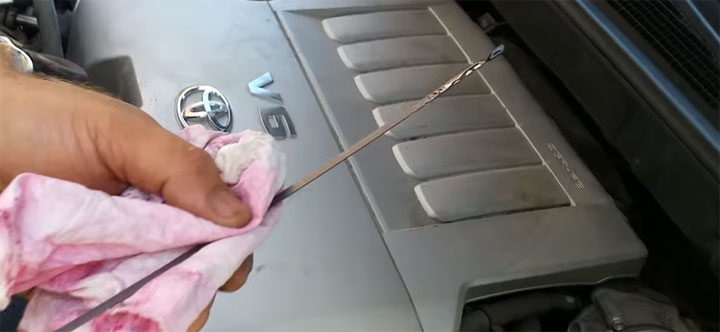
2. Sensor Malfunction:-
There are quite a few sensors that control the engine and transmission. If one of the sensors, such as the MAF, MAP, TPS, or speed sensors are sending improper signals to the computer, the limp mode can activate.
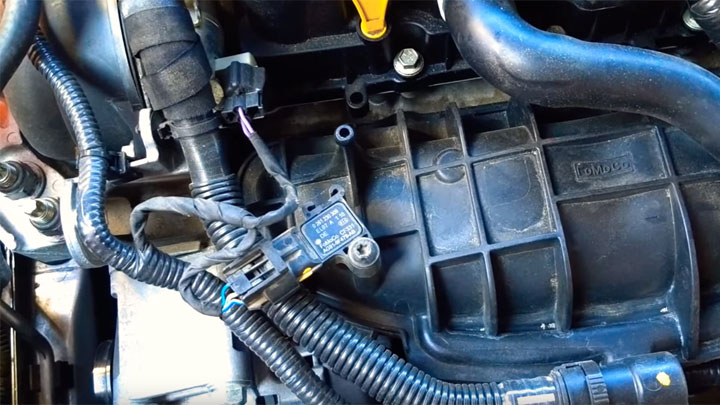
3. Damaged Wiring:-
Damaged or broken wiring can also be a potential cause. Wires can be damaged by heat, debris hitting them, or even battery acid leaking onto them. Damaged or broken wiring can also be a potential cause. Wires can be damaged by heat, debris hitting them, or even battery acid leaking onto them.
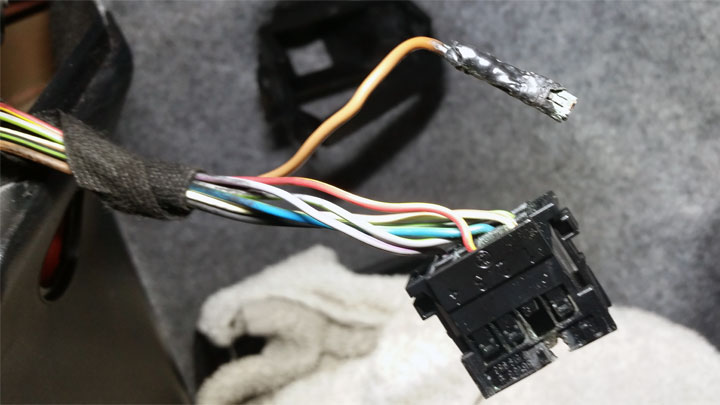
4. Failing Clutch Or Transmission:-
A failing or failed clutch can also cause a vehicle to enter limp mode. Improperly adjusted linkage and bad solenoids in the transmission will activate limp home mode in order to prevent further damage to the transmission.

How Is The Engine Failsafe Mode Diagnosed?
Since this safety system is activated through the ECU or powertrain control module (PCM), with transmission-related issues. A professional mechanic will start by downloading the error codes stored in these computers to begin the diagnosis process.
Sometimes the engine fail safe mode is triggered due to a sensor failure or an electrical glitch. It’s also common for a security system fault to engage this warning light, which means it’s not always a mechanical issue that’s causing the failsafe.

Some people believe it’s possible to reset the engine failsafe mode through some less-than-reliable methods. This is not true, nor is it effective at resolving the problem. A professional mechanic is need to be contacted to complete an onsite inspection to correctly diagnose the root source of the engine failsafe mode. This will permit them to recommend the right repairs or reset the error if it was a minor glitch.
What Happens When A Car Goes Into Failsafe Mode?
When the automobile is engaged in the failsafe mode, safety is reduced. An auto repair shop might be able to locate your vehicle in case it malfunctions while you are on the road or if you don’t have a technician nearby. In failsafe mode makes sure the faulty part does not further damage the car.

What Are The Symptoms Of Limp Mode?
The symptoms will vary. Again, this has something to do with the make and model of your vehicle. But the general symptoms are hard to ignore:
1. Limited Speed And RPM:-
When active, your car may exhibit a variety of symptoms. Limp mode limits the amount of power to your engine and transmission. RPMs may be limited (usually to less than 3,000), and your driving speed will often be limited to about 35 to 45 MPH, making it impossible to drive at highway speeds and you may find yourself unable to shift above 3rd gear.

2. Poor Performance:-
Acceleration will be sluggish and you may feel your engine shuddering or misfiring. You may find that your transmission automatically downshifts and you’re unable to shift above 3rd gear or maybe even not be able to shift gears at all.

3. Check Engine Light:-
The check engine light will illuminate or flash, and depending on the failure, you may notice your vehicle overheating. If overheating occurs, you must immediately pull over off the road and give your car time to cool down to prevent further damage to the engine and transmission before attempting to drive any further.

Can You Drive In Failsafe Mode?
What Happens When A Car Goes Into Safe Mode?
The point is clear. It takes a catastrophic risk to damage your transmission when it’s in safe mode. When your car is in safe mode, it may make you believe the transmission has failed.
How Do I Turn Off The Failsafe Or Limp Mode?
If the engine fail safe mode occurs, the first thing to do is find a safe spot to pull over at. Once pulled over, there are a few things you can do to try and reset your vehicle’s computer.
1. Check And Top Off Fluids:-
The first thing is to check your fluids. To do this you will need to be on level ground. With the vehicle in park, and the engine running, first, check your transmission fluid. If it is low, this is most likely your culprit. Adjust the fluid to with proper specifications, and take note of the color and smell. Dirty or burnt transmission fluid can cause issues as well. Once the fluid is topped off, shut off the engine and reset the car’s ECU.
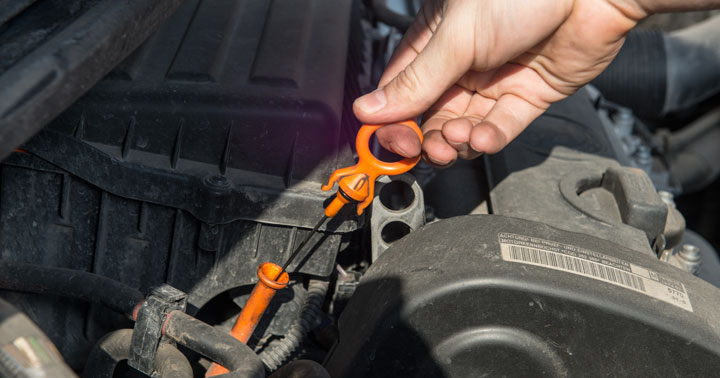
2. Shut Off Engine And Restart:-
The next fix you can try is to shut off the engine and let it rest for at least 5 minutes. During this time you can check the engine oil level, as well as the level of all the other fluids under the hood. Sometimes, this brief rest will allow the computer to reset itself and bring it out of failsafe or limp mode.
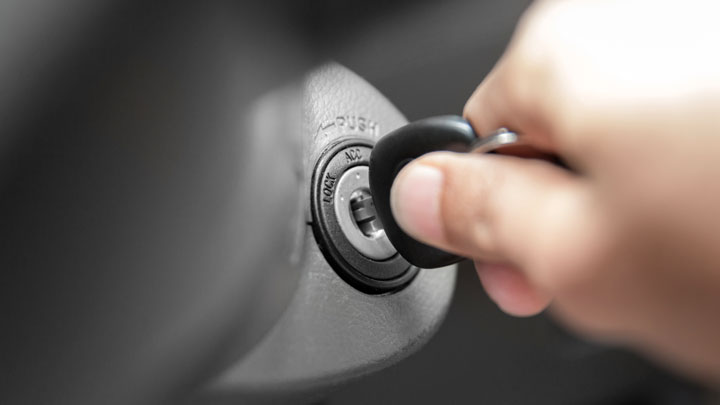
3. Clear Check Engine Light:-
A third option is to disconnect the battery cables. It is best to pull both cables off the battery and hold them together for 15 to 30 seconds. This will drain any residual power from the computer and cause it to forget any codes that may be stored. Clearing the codes with an OBD2 scanner will achieve the same results and is faster and safer.
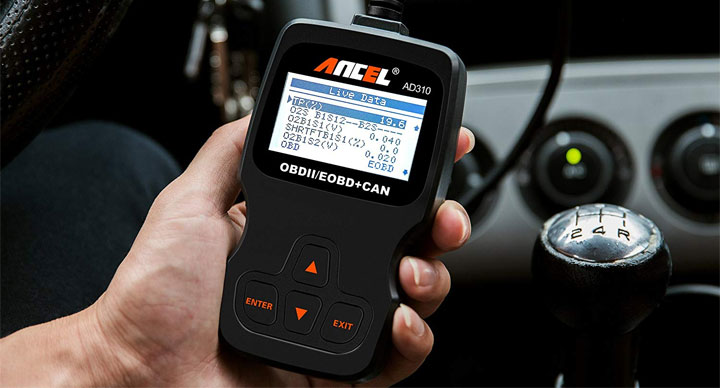
Conclusion:-
We hope the above-mentioned information about the engine failsafe mode will be helpful to all the readers. If anybody’s doubts persist feel free to comment in the comment section below. We’ll try to solve your doubts as soon as possible.
